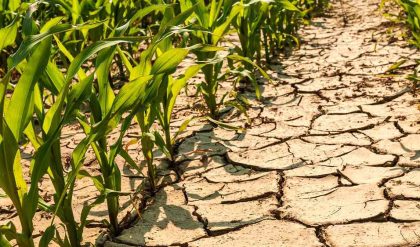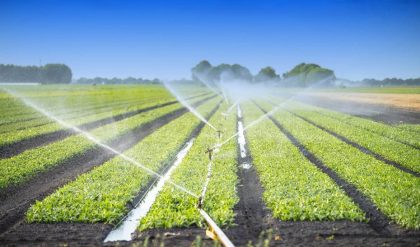Soil tillage is a method of soil preparation for seedbed preparation, sowing or transplanting, and for crops’ growth.
Types of soil tillage
Conventional tillage
The cultivation of the soil using plow, harrow and other farm tools or mechanical implements to prepare the field for crop production.
Advantages
1. Destroys pests’ shelters and disrupts their lifecycles
2. Exposes pests to predators and unfavorable conditions
3. Distributes soil nutrients throughout the soil
4. Aerates the soil
5. Controls weeds
6. Makes other farm cultural practices easier to undertake
Disadvantages
n
1. Destroys the soil cover and its structure
2. Enhances soil erosion
3. High moisture loss
4. Disrupts the lifecycle of beneficial soil organisms
5. Needs more labor cost for the soil preparation
Conservation tillage
The planting or sowing in the previous crop’s residues that are purposely left on the soil surface.
Advantages
1. Conserves water. The mulch reduces water to evaporate.
2. Reduces erosion because the topsoil is protected.
3. Reduces soil compaction.
4. Protects impact from rain and wind.
5. Improves the soil condition with the increased organic matter content.
6. Natural enemies have places to stay.
7. Lessens the overall production cost.
Disadvantages
1. Needs a thorough understanding of the concept and requires careful farm management practices to be successful.
2. Most soil pests populations are increased.
3. Weeds compete with the main crops.
4. High tendency of a carryover of the insect pests and diseases from the crop residues.
5. Organic matters are not evenly distributed or are concentrated at the topsoil.
6. It needs patience and waits a longer time to have an excellent soil.
Methods of conservation tillage
· Zero tillage (no-till, minimum tillage, or direct seeding). A system where the soil is not disturbed between harvesting one crop and planting the next. It is a crop production where the soil is not traditionally tilled or cultivated although sticks or other planting equipments are used to make the openings for seeds.
· Ridge tillage. A specific form of no-till wherein a new crop is planted on pre-formed ridges or hills or bunds from those of the previous crop. After harvest, the crop residues are left until the planting time. The seeds are sown along the ridges. Sticks or other farms tools are used to make the openings for seeds.
· Mulch tillage (stubble mulch tillage). Any system that ensures a maximum retention of crop residues (30% or more) on the soil surface. The soil is prepared in such a way that plant residues or other mulching materials are specifically left on or near the surface of the farm.




